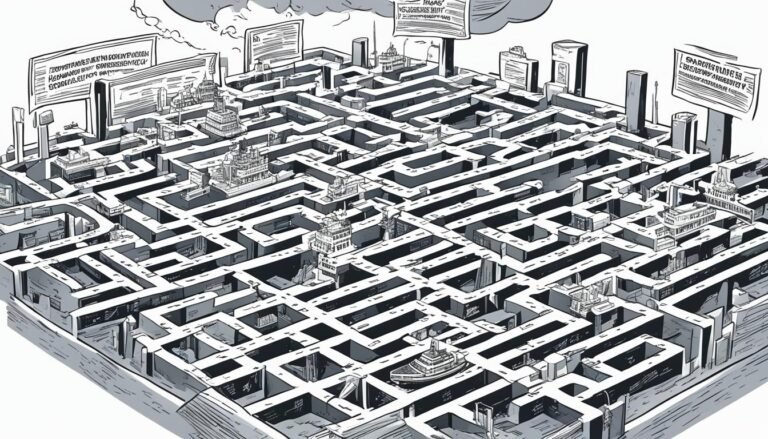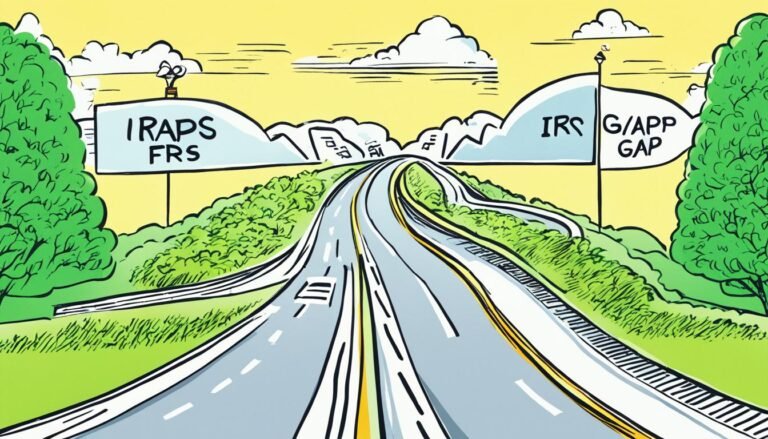Adaptability and Flexibility in the Workplace: Navigating Change with Ease
In today’s fast-paced business environment, adaptability and flexibility are not just buzzwords but essential traits for organizations and individuals alike. The ability to navigate change, pivot in response to unexpected challenges, and embrace new opportunities with an open mind can make the difference between thriving and merely surviving. This article explores the importance of adaptability and flexibility in the workplace, highlighting strategies for fostering these qualities and the benefits they bring.
Understanding Adaptability and Flexibility
Adaptability refers to the capacity to adjust to new conditions, challenges, and opportunities. It involves being open to change and willing to learn new skills or alter existing methodologies to achieve success in a dynamic environment.
Flexibility is closely related, emphasizing the ability to pivot or modify plans based on changing circumstances. It includes being open to different ideas, approaches, and ways of working to meet organizational goals effectively.
Together, these qualities enable individuals and organizations to respond to the unpredictable nature of today’s business landscape with agility and resilience.
The Importance in the Workplace
The modern workplace is characterized by rapid technological advancements, evolving consumer expectations, and an increasingly globalized economy. This environment demands that companies and their employees be capable of:
- Responding Quickly to Change: Businesses must adapt to market shifts, technological innovations, and competitive pressures to remain relevant.
- Embracing New Technologies: The willingness to learn and integrate new tools and technologies can drive efficiency and innovation.
- Cultivating a Diverse and Inclusive Culture: Flexibility in thought and approach is critical in valuing diverse perspectives and fostering an inclusive workplace.
- Managing Uncertainty: The ability to remain productive in the face of ambiguity and change is a hallmark of an adaptable and flexible workforce.
Fostering Adaptability and Flexibility
Organizations can cultivate these essential qualities through several strategies:
1. Encourage Continuous Learning
Promote a culture of ongoing professional development and lifelong learning. Provide access to training resources, workshops, and courses that help employees upskill and adapt to new roles or technologies.
2. Cultivate an Open Mindset
Encourage open-mindedness and curiosity among team members. Foster an environment where employees feel comfortable sharing ideas and are encouraged to think outside the box.
3. Develop Emotional Resilience
Equip employees with the tools and support they need to manage stress and bounce back from setbacks. Emotional resilience is key to maintaining productivity and motivation in the face of change.
4. Embrace Diversity
Diverse teams bring a wide range of perspectives, ideas, and problem-solving approaches. Encourage diversity in hiring practices and promote inclusivity to enhance flexibility in thought and action.
5. Lead by Example
Leadership plays a crucial role in setting the tone for an adaptable and flexible work culture. Leaders who embrace change and model resilience can inspire their teams to follow suit.
Benefits of Adaptability and Flexibility
Organizations that prioritize adaptability and flexibility enjoy several advantages:
- Increased Competitiveness: They can swiftly respond to market changes and stay ahead of competitors.
- Higher Employee Engagement: A dynamic and supportive work environment boosts morale and job satisfaction.
- Improved Problem-Solving: Diverse and flexible teams are better equipped to tackle challenges creatively and effectively.
- Greater Resilience: The ability to adapt and pivot reduces the risk of failure in the face of adversity.
Conclusion
Adaptability and flexibility are critical for success in the modern workplace. By fostering these qualities, organizations can navigate the complexities of today’s business environment with confidence, driving growth and innovation. Encouraging continuous learning, embracing diversity, and promoting a culture of openness and resilience are key to building a workforce that is not just prepared for change but thrives on it.
Glossary:
Adaptability: The ability to adjust to new conditions, challenges, and opportunities with an open and proactive mindset. It involves embracing change and learning new skills to succeed in a dynamic environment.
Flexibility: The capacity to be versatile and willing to change or pivot plans, ideas, and strategies in response to changing circumstances in the workplace.
Continuous Learning: A lifelong process of acquiring new knowledge, skills, and competencies to improve professional and personal development.
Open Mindset: A receptive attitude towards new ideas, feedback, and challenges, characterized by curiosity and a willingness to change one’s perspective or approach.
Emotional Resilience: The ability to manage stress, bounce back from setbacks, and maintain a positive outlook in the face of adversity or uncertainty.
Diversity: The inclusion of individuals from a wide range of backgrounds, cultures, perspectives, and experiences in a team or organization, enriching its creativity and problem-solving capacity.
Inclusivity: The practice of creating environments where all individuals feel valued, respected, and supported, regardless of their background or identity.
Professional Development: Activities and programs designed to enhance an individual’s skills, knowledge, and expertise within their professional field.
Leadership: The act of guiding or influencing a group towards achieving its goals. Effective leadership in adaptability involves modeling flexible and adaptable behaviors, encouraging innovation, and supporting team members through change.
Competitiveness: The ability of an organization to maintain an edge in the market by adapting to changes, innovating, and improving its products, services, or processes more effectively than its rivals.
Employee Engagement: The level of enthusiasm and commitment an employee feels towards their job and company. Engaged employees are more likely to contribute positively to their organization’s success.
Problem-Solving: The process of identifying, analyzing, and resolving issues in a creative, effective, and efficient manner. Flexibility and adaptability contribute to more innovative problem-solving approaches.
Resilience: The capacity of an organization or individual to withstand or recover quickly from difficult conditions. It involves adaptability, flexibility, and the strength to overcome challenges.
This glossary provides definitions for key concepts related to adaptability and flexibility in the workplace, offering a foundation for understanding how these qualities contribute to individual and organizational success.
Author
-

The AcademyFlex Finance Consultants team brings decades of experience from the trenches of Fortune 500 finance. Having honed their skills at institutions like Citibank, Bank of America, and BNY Mellon, they've transitioned their expertise into a powerful consulting, training, and coaching practice. Now, through AcademyFlex, they share their insights and practical knowledge to empower financial professionals to achieve peak performance.
View all posts







